
With the cost of college continuing to rise, so too are the concerns parents have about whether their children are getting the most out of their education. A low student-faculty ratio indicates that students are getting more educational instruction for their dollar, a major selling point among colleges.
We highlight here the ten private universities and liberal-arts colleges that boast the lowest student-faculty ratios on our list of Best Values in Private Colleges 2010-11. The ratio reflects the number of full-time students divided by the number of full-time faculty members.
By Marc Wojno
December 2010

California Institute of Technology
Location: Pasadena, Cal.
Overall rank (among private universities): 3
Students per faculty member: 3
Talk about hands-on experience. Cal Tech once again tops Kiplinger’s list for having the smallest number of students per faculty member -- and when we say faculty, we don’t mean graduate students teaching Statistics 101. With most class sizes less than 20 students, it’s not uncommon for professors to lunch with undergraduates, take questions after class and serve as mentors, helping students select a field of study or research topics.
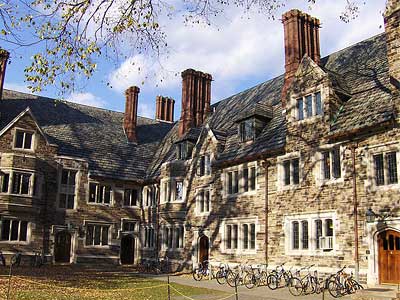
Rice University
Location: Houston, Tex.
Overall rank (among private universities): 4
Students per faculty member: 5
Rice continues to value the importance of faculty-student interaction. During the past six years, Rice has added more than 50 tenure and tenure-track faculty members. Currently, Rice employs more than 530 faculty members for the school’s 3,000-plus undergraduate population.
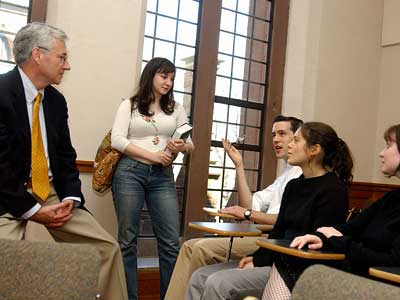
Princeton University
Location: Princeton, N.J.
Overall rank (among private universities): 1
Students per faculty member: 6
Our number-one ranked private university may not have the smallest number of students per faculty member, but Princeton’s faculty make it a priority to get involved with their students, from conducting freshman seminars to giving guidance on senior theses. No wonder Princeton has one of the highest four-year graduation rates among private universities in the U.S. (90%).
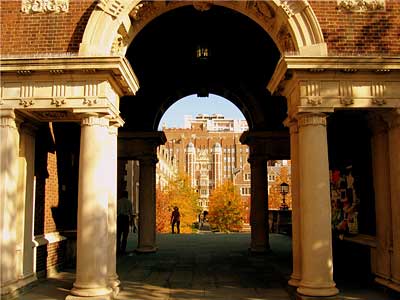
Yale University
Location: New Haven, Conn.
Overall rank (among private universities): 2
Students per faculty member: 6
Many of Yale’s most-distinguished professors teach introductory-level classes. Yale also boasts a high 90% four-year graduation rate for undergrads. The core of the university, Yale College, provides instruction in the liberal arts and sciences, with more than 2,000 undergraduate courses offered each year by more than 65 departments and programs.
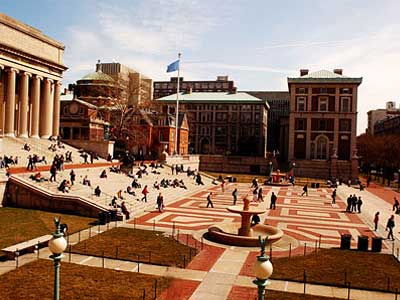
University of Pennsylvania
Location: Philadelphia, Pa.
Overall rank (among private universities): 7
Students per faculty member: 6
Students are in good company with such a distinguished group of faculty members. In the past two decades, the University of Pennsylvania has been home to seven MacArthur Award recipients, six recipients of the National Medal of Sciences, five Nobel Prize recipients and five Pulitzer Prize recipients.
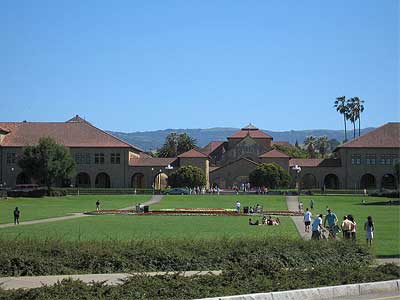
Columbia University
Location: New York, N.Y.
Overall rank (among private universities): 8
Students per faculty member: 6
In a city that never sleeps, faculty never stop influencing and challenging students. Nearly 80% of Columbia’s undergraduate classes have less than 20 students, providing greater opportunities for students to reach out for extra guidance and instruction. What’s more, Columbia has had 79 Nobel laureates serve as faculty, adjunct faculty, researchers or alumni. Nine Nobel laureates are among the school’s current faculty.
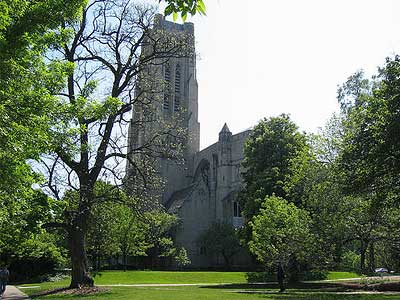
Stanford University
Location: Stanford, Cal.
Overall rank (among private universities): 12
Students per faculty member: 6
One of Stanford’s objectives, as established in the school’s founding grant in 1885, is “to qualify its students for personal success.” Stanford upholds that objective by emphasizing a close, personal interaction between students and faculty. The school’s Office of Undergraduate Advising and Research, for example, offers advising, grants and programs that give undergrads more exposure to faculty and their research.

University of Chicago
Location: Chicago, Ill.
Overall rank (among private universities): 19
Students per faculty member: 6
This urban campus in the Windy City is known for having the most number of Nobel laureates. But it’s also known for having most of its faculty living in the surrounding neighborhood, making it more feasible for students to interact with them. It’s not unusual for students to see their professors at the park or shopping at the local grocery store.

Pomona College
Location: Claremont, Cal.
Overall rank (among liberal arts colleges): 2
Students per faculty member: 7
Pomona takes pride in noting that professors, not graduate assistants, teach all the college’s classes, including laboratory classes for its science programs. The average class size at Pomona is about 15 students.

Williams College
Location: Williamstown, Mass.
Overall rank (among liberal arts colleges): 3
Students per faculty member: 7
Williams students are guaranteed a solid education with dedicated faculty, 97% of whom hold doctorates or other such high-level degrees. Within its three academic divisions (humanities, sciences and social sciences), Williams has 25 departments and offers 36 majors.

Profit and prosper with the best of Kiplinger's advice on investing, taxes, retirement, personal finance and much more. Delivered daily. Enter your email in the box and click Sign Me Up.
-
 The Santa Claus Rally Officially Begins: Stock Market Today
The Santa Claus Rally Officially Begins: Stock Market TodayThe Santa Claus Rally is officially on as of Wednesday's closing bell, and initial returns are positive.
-
 How to Leave Different Amounts to Adult Children Without Causing a Rift
How to Leave Different Amounts to Adult Children Without Causing a RiftHere’s how to leave different amounts to adult children without causing a family rift.
-
 My Retirement Learning Curve, 1 Year In
My Retirement Learning Curve, 1 Year InA retiree checks in with what they wish they knew early on and what they've changed about their plan one year in.
-
 What to Do With Your Tax Refund: 6 Ways to Bring Growth
What to Do With Your Tax Refund: 6 Ways to Bring GrowthUse your 2024 tax refund to boost short-term or long-term financial goals by putting it in one of these six places.
-
 What Does Medicare Not Cover? Eight Things You Should Know
What Does Medicare Not Cover? Eight Things You Should KnowMedicare Part A and Part B leave gaps in your healthcare coverage. But Medicare Advantage has problems, too.
-
 15 Reasons You'll Regret an RV in Retirement
15 Reasons You'll Regret an RV in RetirementMaking Your Money Last Here's why you might regret an RV in retirement. RV-savvy retirees talk about the downsides of spending retirement in a motorhome, travel trailer, fifth wheel, or other recreational vehicle.
-
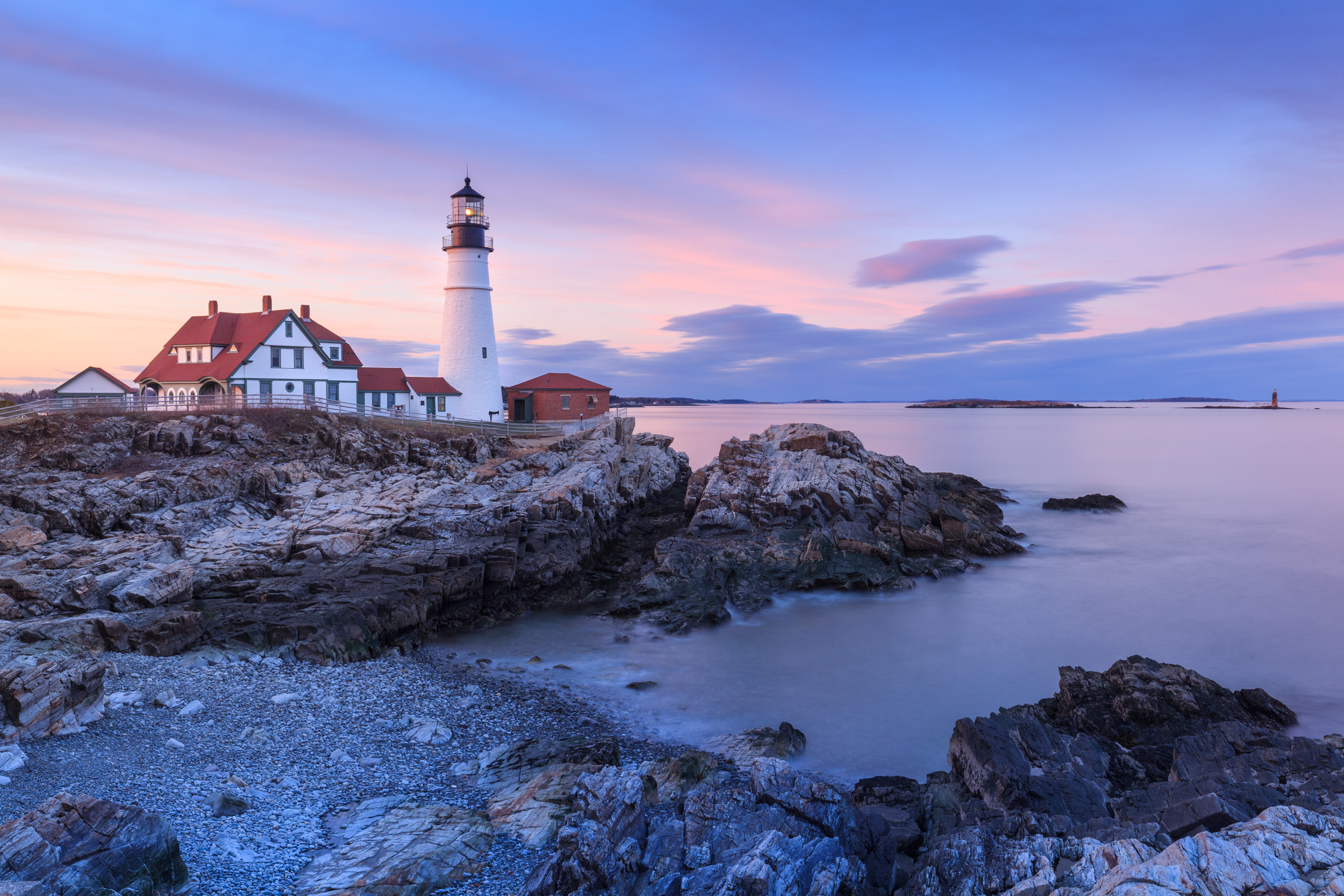 The Six Best Places to Retire in New England
The Six Best Places to Retire in New Englandplaces to live Thinking about a move to New England for retirement? Here are the best places to land for quality of life, affordability and other criteria.
-
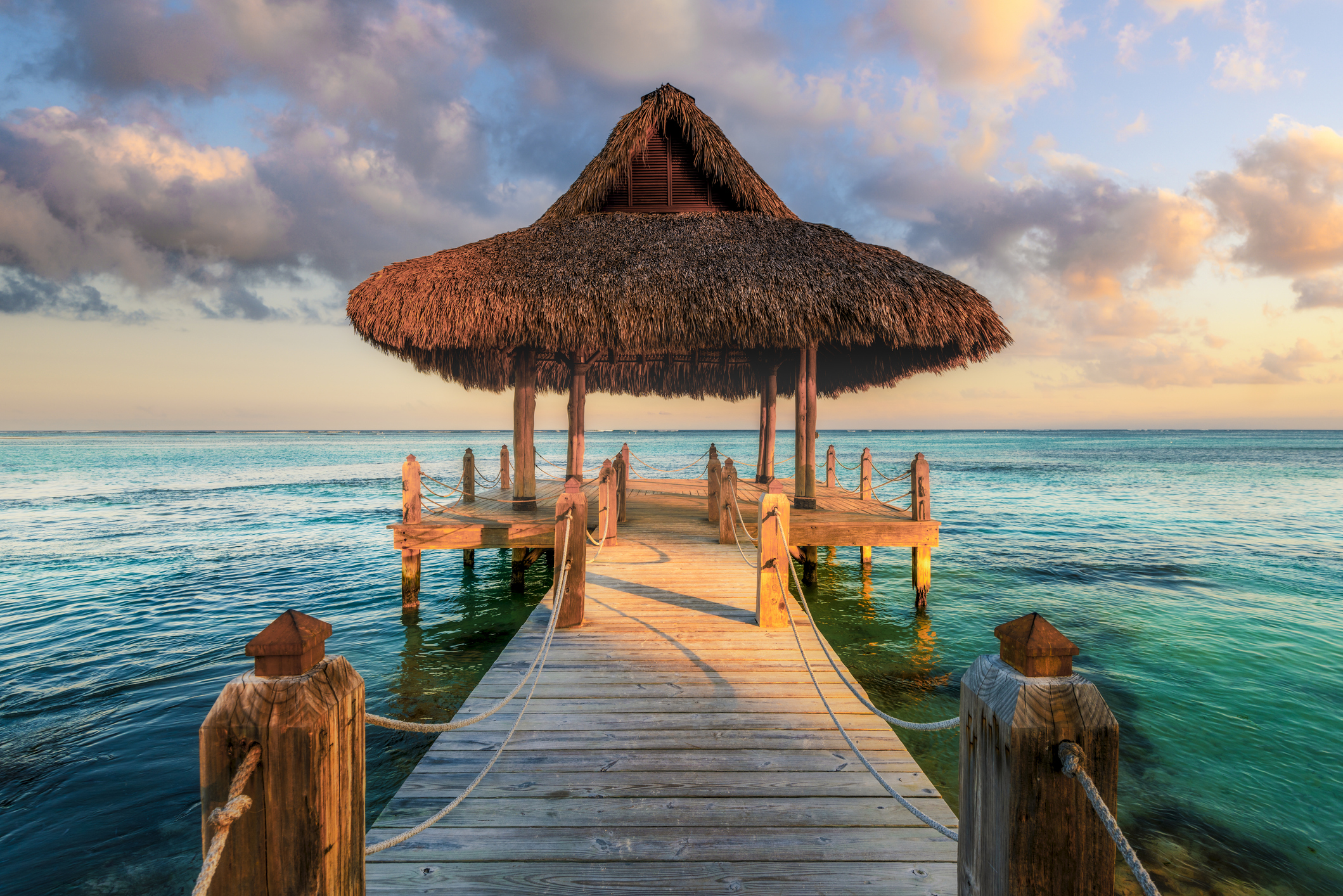 The 10 Cheapest Countries to Visit
The 10 Cheapest Countries to VisitWe find the 10 cheapest countries to visit around the world. Forget inflation and set your sights on your next vacation.
-
 15 Ways to Prepare Your Home for Winter
15 Ways to Prepare Your Home for Winterhome There are many ways to prepare your home for winter, which will help keep you safe and warm and save on housing and utility costs.
-
 Six Steps to Get Lower Car Insurance Rates
Six Steps to Get Lower Car Insurance Ratesinsurance Shopping around for auto insurance may not be your idea of fun, but comparing prices for a new policy every few years — or even more often — can pay off big.
-
 How to Increase Credit Scores — Fast
How to Increase Credit Scores — FastHow to increase credit scores quickly, starting with paying down your credit card debt.
